How Are Advances in Neurologic Technology Changing Diagnosis and Treatment?
From sophisticated imaging techniques to gene therapies and artificial intelligence, the landscape of neurological care is evolving at an unprecedented pace. These innovations are revolutionizing how we diagnose and treat neurological disorders, offering hope for improved outcomes and a better quality of life for millions affected by conditions impacting the brain, spinal cord, and peripheral ... Read More
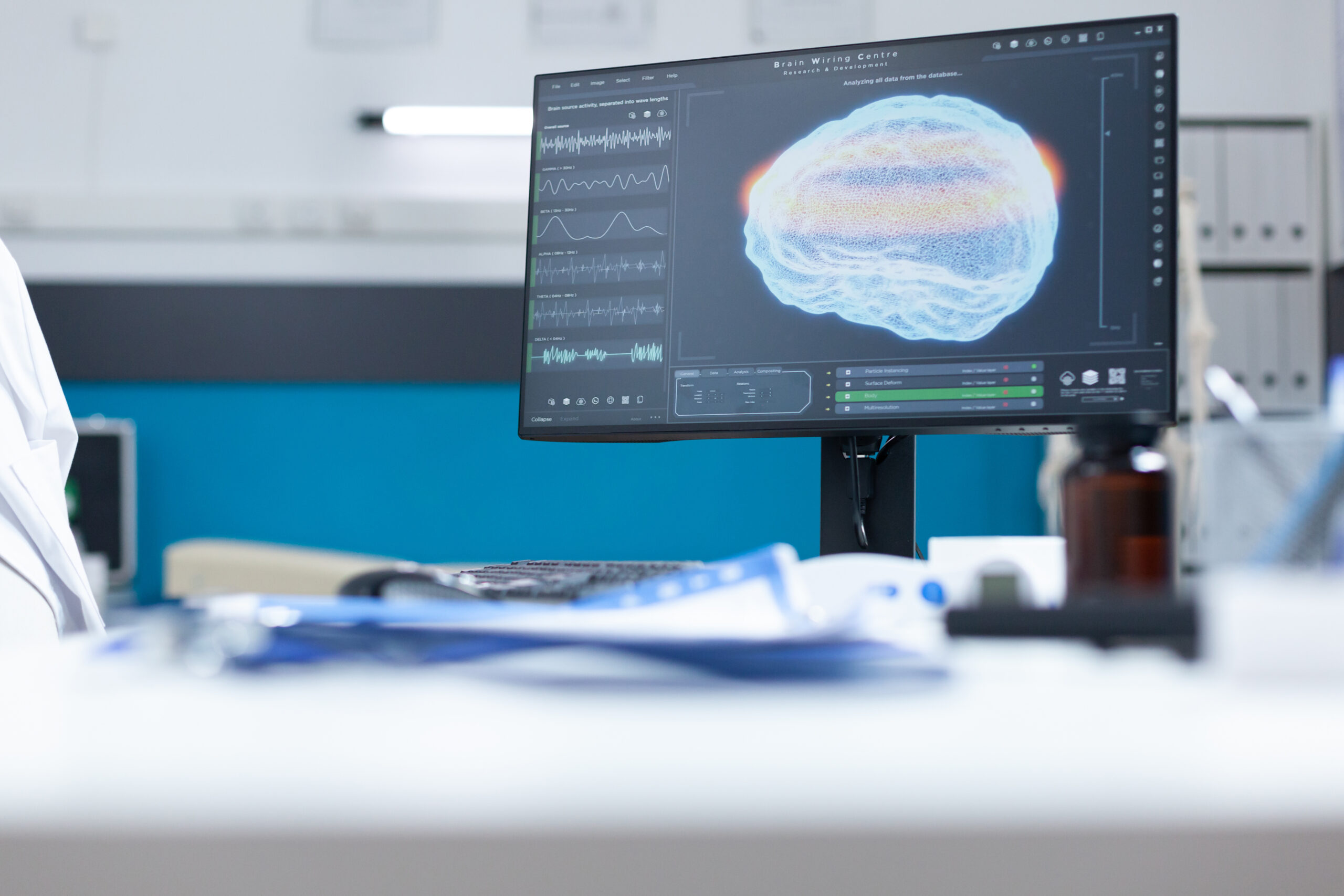
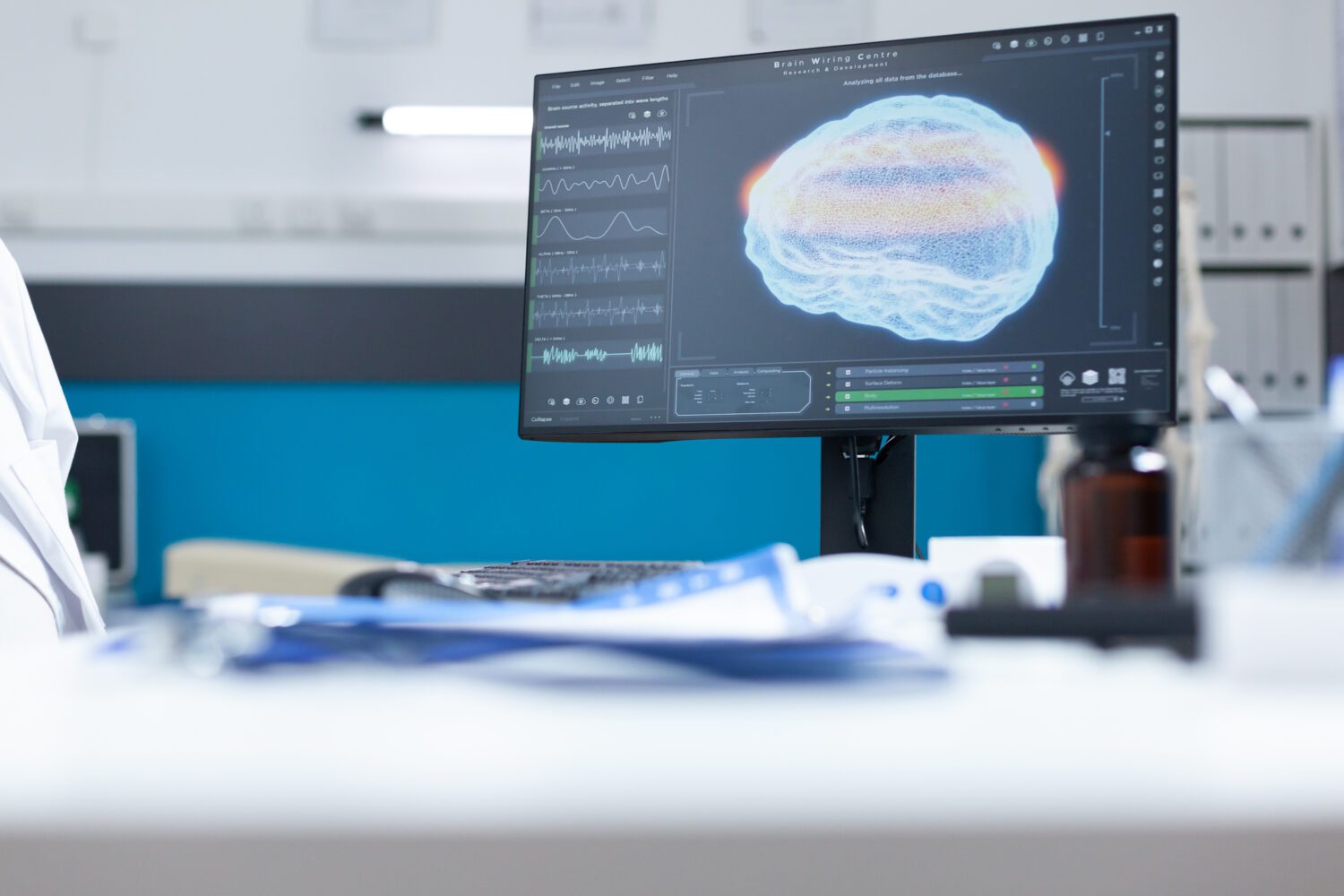
From sophisticated imaging techniques to gene therapies and artificial intelligence, the landscape of neurological care is evolving at an unprecedented pace. These innovations are revolutionizing how we diagnose and treat neurological disorders, offering hope for improved outcomes and a better quality of life for millions affected by conditions impacting the brain, spinal cord, and peripheral nerves.
Advanced Neuroimaging
One of the most significant areas of progress lies in neuroimaging. Traditional techniques like CT scans and MRI provide valuable structural information, but newer technologies offer far greater detail and functional insights:
High-Resolution MRI
State-of-the-art MRI scanners with higher magnetic field strengths provide incredibly detailed images of brain structures. This allows neurologists to identify subtle abnormalities, such as small tumors, vascular malformations, or areas of demyelination (damage to the protective covering of nerve fibers) that might be missed with older technology.
Functional MRI (fMRI)
fMRI goes beyond static images to map brain activity in real-time. By detecting changes in blood flow, fMRI reveals which areas of the brain are active during specific tasks or at rest. This is crucial for understanding conditions like epilepsy, where identifying the epileptogenic zone (the area where seizures originate) is essential for treatment planning. It’s also used in pre-surgical planning to map critical areas of the brain, such as those responsible for language or motor function, to minimize the risk of damage during surgery.
Positron Emission Tomography (PET) Scans
PET scans use radioactive tracers to visualize metabolic activity in the brain. This is particularly useful in diagnosing neurodegenerative disorders like Alzheimer’s disease, where decreased glucose metabolism in specific brain regions is a marker of the disease. PET scans can also detect amyloid plaques, abnormal protein deposits characteristic of Alzheimer’s.
Magnetoencephalography (MEG)
MEG is a non-invasive technique that measures the magnetic fields produced by electrical activity in the brain. It offers excellent temporal resolution, meaning it can detect changes in brain activity on a millisecond timescale. MEG is used for pre-surgical planning in epilepsy and brain tumor cases, helping to pinpoint the source of abnormal brain activity with high precision.
Dense-array EEG
This is a noninvasive diagnostic technique that records electroencephalography with up to 256 electrodes, versus the standard techniques that typically use 19-21 scalp electrodes.
These advanced imaging techniques provide clinicians with a much clearer and more comprehensive picture of the brain’s structure and function, enabling earlier and more accurate diagnoses.
The Rise of Minimally Invasive Neurosurgery
Neurosurgery has traditionally involved large incisions and significant tissue disruption. However, technological advancements have paved the way for minimally invasive techniques that offer several advantages:
Robotic-Assisted Surgery
Robotic surgical systems, such as the ROSA system, provide surgeons with enhanced precision, dexterity, and control during complex procedures. These systems allow for smaller incisions, reduced blood loss, less pain, and faster recovery. Robotic assistance is particularly valuable in procedures like deep brain stimulation (DBS) electrode placement for Parkinson’s disease or epilepsy surgery.
Endoscopic Neurosurgery
Endoscopic techniques involve inserting a thin, flexible tube with a camera and surgical instruments through small incisions or natural openings (like the nostrils). This approach is used to treat conditions like hydrocephalus (excess fluid in the brain) and certain types of brain tumors.
Stereotactic Radiosurgery
This non-invasive technique uses highly focused beams of radiation to target and destroy tumors or other lesions in the brain without the need for open surgery.
Minimally invasive neurosurgery reduces the risks associated with traditional open surgery, leading to shorter hospital stays, fewer complications, and improved patient outcomes.
Neuromodulation
Neuromodulation therapies involve altering nerve activity through targeted electrical or chemical stimulation. These techniques are offering new hope for patients with a variety of neurological disorders:
Deep Brain Stimulation (DBS)
By sending electrical impulses to precise locations in the brain via implanted electrodes, DBS can alter and normalize dysfunctional brain activity. It’s an established treatment for Parkinson’s disease, essential tremor, and dystonia, and is being investigated for other conditions like epilepsy, obsessive-compulsive disorder (OCD), and depression.
Vagus Nerve Stimulation (VNS)
VNS involves stimulating the vagus nerve, a major nerve that connects the brain to various organs, with electrical impulses. VNS is approved for treating epilepsy and depression that hasn’t responded to other treatments. Newer VNS devices, such as the Aspire SR, include a sensor that detects the sudden increase in heart rate associated with a seizure and automatically delivers extra stimulation to try to abort the seizure.
Spinal Cord Stimulation (SCS)
SCS involves implanting electrodes near the spinal cord to deliver electrical impulses that block pain signals from reaching the brain. It’s used to treat chronic pain conditions, such as failed back surgery syndrome and complex regional pain syndrome.
Transcranial Magnetic Stimulation (TMS)
TMS is a non-invasive technique that uses magnetic pulses to stimulate or inhibit specific brain regions. It’s approved for treating depression and is being investigated for other conditions like migraine, stroke rehabilitation, and tinnitus.
Neuromodulation therapies offer a targeted approach to managing neurological disorders by directly influencing brain activity, often with fewer side effects than traditional medications.
Gene Therapies
Gene therapy is a revolutionary approach that aims to treat neurological disorders by correcting or compensating for faulty genes. This field is rapidly advancing, with several gene therapies already approved for clinical use and many more in development:
Mechanism of Action
Gene therapies typically involve using a harmless virus (like an adeno-associated virus, or AAV) to deliver a functional copy of a gene to the affected cells. This can restore the production of a missing or defective protein, thereby correcting the underlying cause of the disease.
Approved Therapies
Several gene therapies have been approved for neurological disorders, including:
- Onasemnogene abeparvovec (Zolgensma): For spinal muscular atrophy (SMA), a genetic disorder that causes progressive muscle weakness and atrophy.
- Voretigene neparvovec-rzyl (Luxturna): For inherited retinal dystrophy, a genetic eye disease that causes vision loss.
- Eladocagene exuparvovec: For Aromatic l-amino acid decarboxylase.
- Other gene therapies approved for X-Linked Adrenoleukodystrophy, Metachromatic Leukodystrophy, Duchenne Muscular Dystrophy, and Hereditary Transthyretin-Mediated Amyloidosis.
Future Directions
Research is ongoing to develop gene therapies for a wider range of neurological disorders, including Alzheimer’s disease, Parkinson’s disease, Huntington’s disease, and amyotrophic lateral sclerosis (ALS). Cutting-edge gene therapy techniques such as CRISPR and gene editing are also being explored, although not without controversy.
Gene therapies offer the potential to fundamentally alter the course of neurological diseases, providing long-lasting or even curative benefits. However, detractors caution that this technology opens up a pandora’s box of ethical considerations and unintended consequences. For example, gene editing that targets germline cells (cells involved in reproduction) introduces heritable changes that are passed on to the next generation without their consent, potentially altering the course of human evolution. Editing embryos to enhance traits like intelligence, appearance, or athletic ability crosses the line into non-therapeutic enhancement or eugenics. Above all, the long-term impact of altering DNA, even for therapeutic reasons, is currently unknown.
Research and therapeutic interventions involving gene editing continue in the United States, although germline gene editing has been specifically banned by an act of Congress. In January 2021, the first-ever gene-edited cell therapy for Parkinson’s entered a Phase I clinical trial, while a gene editing technology known as CRISPR-Cas9 shows promising early results for treating Alzheimer’s disease. Medical researchers and clinicians are watching these developments closely.
Artificial Intelligence (AI) in Neurology
Artificial intelligence (AI) is rapidly transforming many aspects of healthcare, and neurology is no exception. AI algorithms are being used for:
- Image Analysis: AI can analyze medical images, such as MRI and CT scans, to detect subtle abnormalities, quantify changes in brain volume, and assist in diagnosis. This can improve diagnostic accuracy and efficiency, reducing the workload on radiologists and neurologists.
- Predictive Modeling: AI can analyze large datasets of patient information to predict the risk of developing neurological disorders, identify patients who are likely to respond to specific treatments, and forecast disease progression.
- Drug Discovery: AI is being used to accelerate the drug discovery process by identifying potential drug targets, screening vast libraries of compounds, and predicting the efficacy and safety of new therapies.
- Personalized Medicine: AI can help tailor treatment plans to individual patients based on their unique characteristics, genetic profile, and disease subtype.
- Treatment Optimization: AI simulations that model different scenarios and predict outcomes can help optimize treatment.
The integration of AI into neurology holds the potential to improve diagnostic accuracy, personalize treatment, and accelerate the development of new therapies.
Online Neuropsychological Testing
Online neuropsychological testing is emerging as a valuable tool for the quick and precise identification of cognitive impairment and disorders. Traditional neuropsychological assessments are typically conducted in person and can be time-consuming and expensive. Online platforms offer several advantages:
- Accessibility: Online testing can be accessed from anywhere with an internet connection, making it more convenient for patients, especially those in remote areas or with mobility limitations.
- Efficiency: Online platforms can automate the administration and scoring of tests, saving time for both clinicians and patients. Results can often be generated within seconds.
- Standardization: Online tests use standardized procedures and scoring algorithms, ensuring consistency and reducing the potential for examiner bias.
- Cost-Effectiveness: Online testing can be more affordable than traditional in-person assessments.
- Longitudinal Tracking: Online platforms allow for easy tracking of cognitive performance over time, making it possible to monitor changes in cognitive function and assess the effectiveness of interventions.
- Data Availability: Clinicians and researchers can have access to raw data.
Online neuropsychological testing platforms utilize a battery of validated cognitive tests. These platforms can assess a wide range of cognitive domains, including memory, attention, executive function, language, and visuospatial skills. They can be used to screen for cognitive impairment, monitor cognitive decline in neurodegenerative disorders, assess the cognitive effects of brain injury or stroke, and evaluate cognitive function in individuals with psychiatric disorders.
Advances in neurologic technology are transforming the diagnosis and treatment of neurological disorders. From sophisticated imaging techniques that provide unprecedented insights into the brain to minimally invasive surgical procedures, neuromodulation therapies, gene therapies, and the integration of artificial intelligence, the field of neurology is rapidly evolving. Online neuropsychological testing is also playing an increasingly important role in the early and accurate detection of cognitive impairment. These innovations offer hope for improved outcomes, enhanced quality of life, and a brighter future for individuals affected by neurological conditions.































































































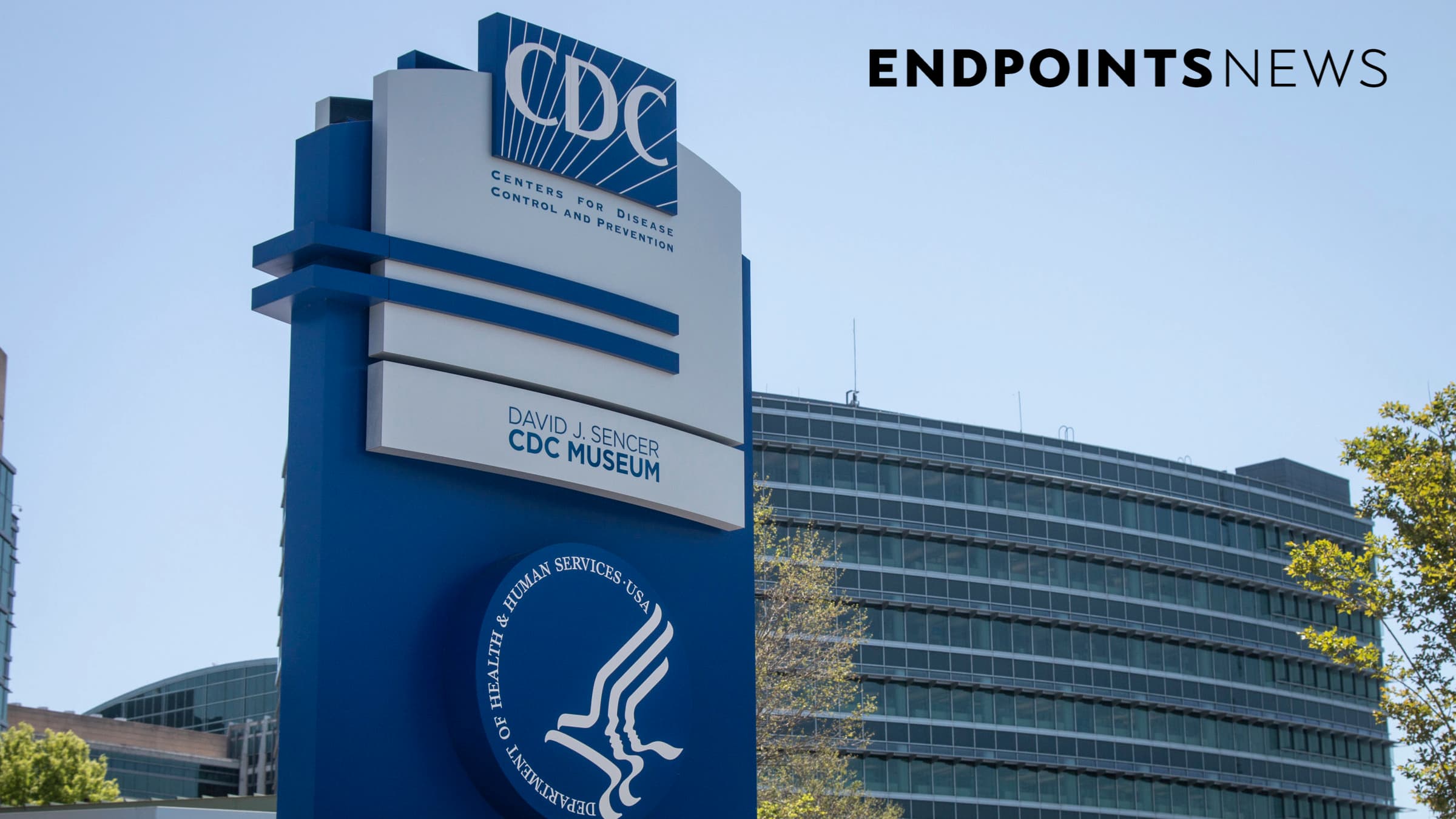

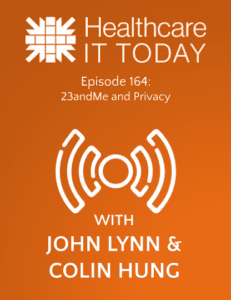












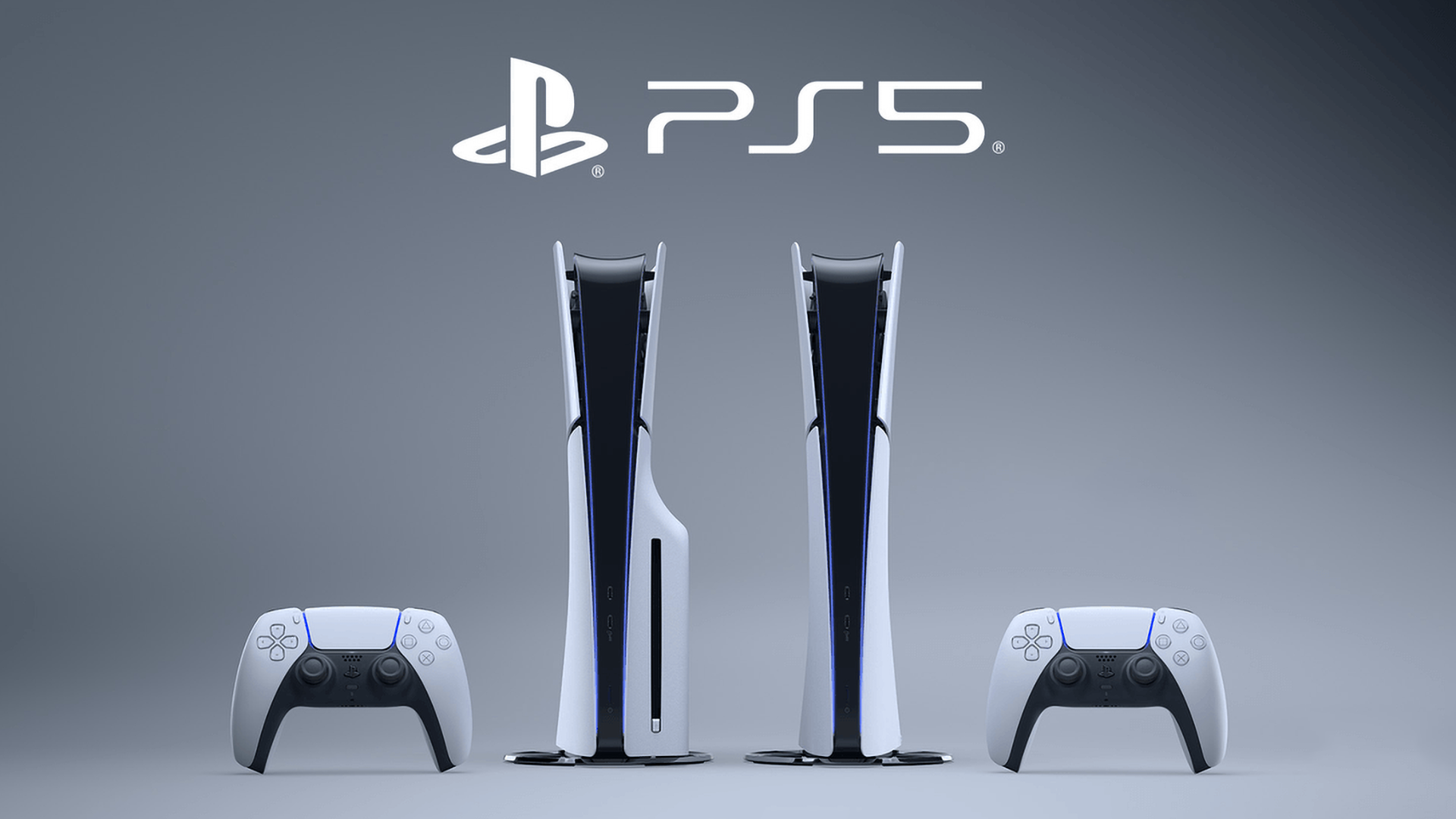





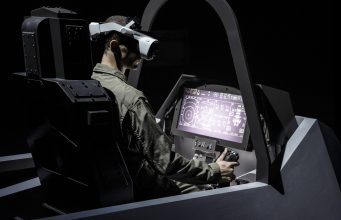


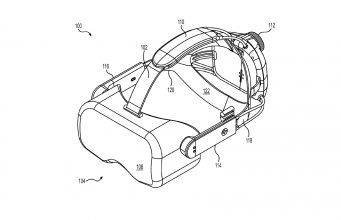


![The breaking news round-up: Decagear launches today, Pimax announces new headsets, and more! [APRIL FOOL’S]](https://i0.wp.com/skarredghost.com/wp-content/uploads/2025/03/lawk_glasses_handson.jpg?fit=1366%2C1025&ssl=1)



















